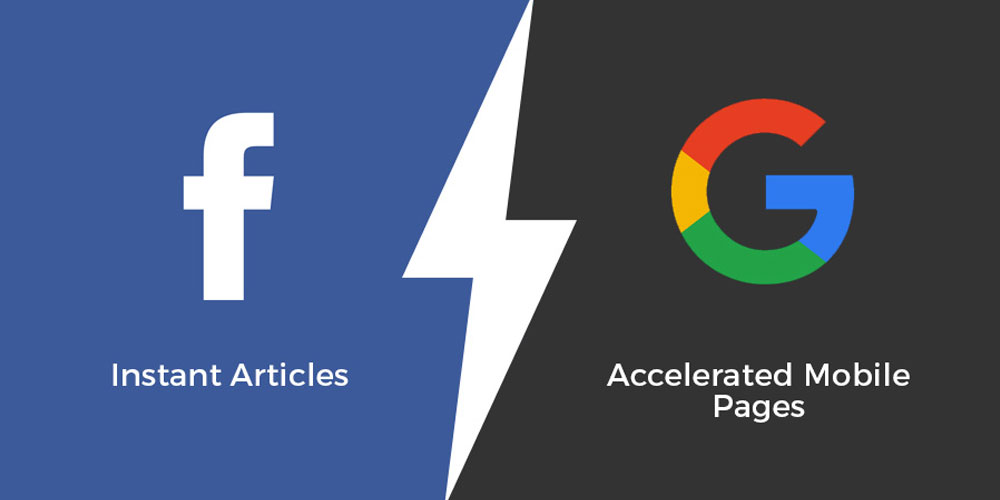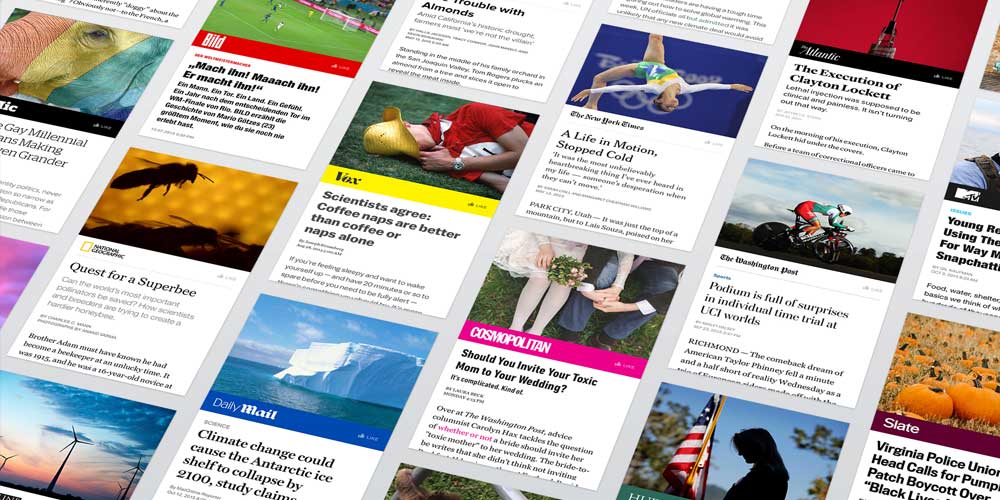Facebook Instant Articles are the equivalent of Google’s Accelerated Mobile Pages (AMP). They are just like any other ordinary posts, the only difference is that they load a whole load faster.
On the web, speed matters. Both web developers and web designers, as well as marketers agree that by having a speedy website, the possibilities for more visitors and more engagement increase. Furthermore, pages that load faster tend to have a better exposure on search engines results for mobile users.
For anyone that is marketing their website's contents through social media and blogging, this is essentially important to help gain and please the audience.
In SEO terms, having a fast-loading mobile page is a very good thing. Ultimately, this will affect how search engines will see that page, along with its keywords and contents. With a vast number of people now shifting from their traditional computers to mobile devices, it's becoming important to have a mobile users friendly website.
Facebook's Instant Articles and Google's AMP is like the common SEO approach, but applied to external sources. Both Instant Articles and AMP work similarly by making pages to load up to 10x faster.
While both lives in a different ecosystem (Instant Articles are just for Facebook and AMP are just for Google), they both help websites and their pages to perform well in the corresponding platform.

Facebook's Instant Articles and Google AMP can benefit any website with contents in them. To large websites and blogs, they can further please user-experience by providing speed as a priority. For smaller websites and blogs, they can practically give them an extra push in their marketing campaign.
As an added benefit for fast-loading pages, Instant Articles-enabled and AMP-enabled pages tend to shared more. This is the thought that pages that being read at a much higher rate, will engage readers better.
There is a fact that more than 50 percent of readers will leave a page before finish reading. One of the reason for this is time (besides design, user-experience given and others). The faster a page can load, the more time visitors will have in deciding to stay or to leave.
This will make them stay longer.
This is crucial, in developing engagement with your audience. How can you expect your page to engage your audience if it takes a long time to load?
The Magic Behind Instant Articles And AMP

Both Instant Articles and AMP require some setup to do. Consider the requirements and implementing the codes are done, the magic works behind the scene.
What they do is compressing contents in HTML5 and stripping the page from unnecessary codes, call-to-action features (including sidebars and tabs in the header). This process will allow the web page to load faster and more optimized for mobile users.
This means that your SEO and internet marketing strategy don't have to change. You just need to create and share contents like you normally would do. The difference will take place within Facebook and Google themselves.
The two will reward websites that optimize their contents, in turn, they will be placed higher in priority.
This is obvious because both Facebook and Google also aims for high user engagement. If they can show links to websites that load fast, people will like them. The reason for this is simple: faster loading pages mean users are more focused on the contents and not the bits of design that tend to clutter experience.
Same Animal Living In A Different Place Having A Different Character

Facebook and Google are two competitors. The two have been working to build faster and better mobile web experiences because they've seen how a slow web page can significantly affect their profit. For every second its Facebook or Google to load, they lose a substantial percentage of engagement. What this means: less pageviews = less ad revenue = less profit.
This is why Facebook and Google have been working on projects to make the mobile web faster than ever. Facebook has built Instant Articles, and Google is spearheading the AMP project.
While the two were created by two different companies that compete inside the web, the two works similarly despite their differences.
To see their difference, below is a breakdown of the two.
Instant Articles
Setting up Instant Articles is fairly easy. With plugins, for example, you can automatically create a special RSS feed that can be customized to your needs. Facebook's design tools are pretty straightforward. One all is set, the RSS feed created earlier will send your contents to Facebook where the Instant Articles will automatically be created.
For publishers, Facebook allows advertising within your content with you keeping 100 percent of revenue. Or, you can also use Facebook's advertising platform.
The disadvantage of Instant Articles is limited to the templates Facebook has. And because Instant Articles are't used by all publishers, experience from one site to another can be alienating. Another major cons of Instant Articles is that they're only accessible through Facebook's app.
AMP
Just like Facebook's Instant Articles, Google's AMP is its way to make the web faster. Unlike Facebook, Google wants AMP to be completely open-source. And because Google works literally on the web rather than on its own, AMP can potentially be accessed from any device, browser or platform.
AMP works by setting up guidelines and restrictions to allow a web page to load as fast as possible. For instance, it disallows certain JavaScript libraries and has requires you to load an AMP-optimized version. It also specifies how the HTML and CSS must be coded.
Because AMP's goal is to mimic the openness of the web, the advantage is its unrestricted accessibility. Unlike Facebook, AMP doesn't force you to use specified design templates as AMP's is a little more open.
The disadvantages of AMP are just like Instant Articles. For example, it strips down the page stylistically. While AMP does allow customization beyond Instant Articles, it requires some coding knowledge. While there are plugins to make this process easier for you, but still the customization is limited.
Despite their similar cons, both Instant Articles and AMP have more to give than take. They're worth to have in your list of efforts in growing your audience.